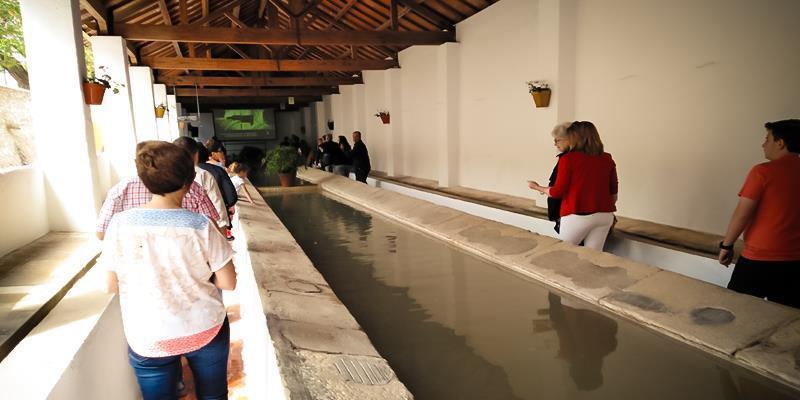Water route in la Costera
Water domesticated by man for hundreds of years and which has created paths, landscapes, wealth and a whole series of water infrastructures, which have been a fundamental and essential part of the life of the inhabitants of La Costera.
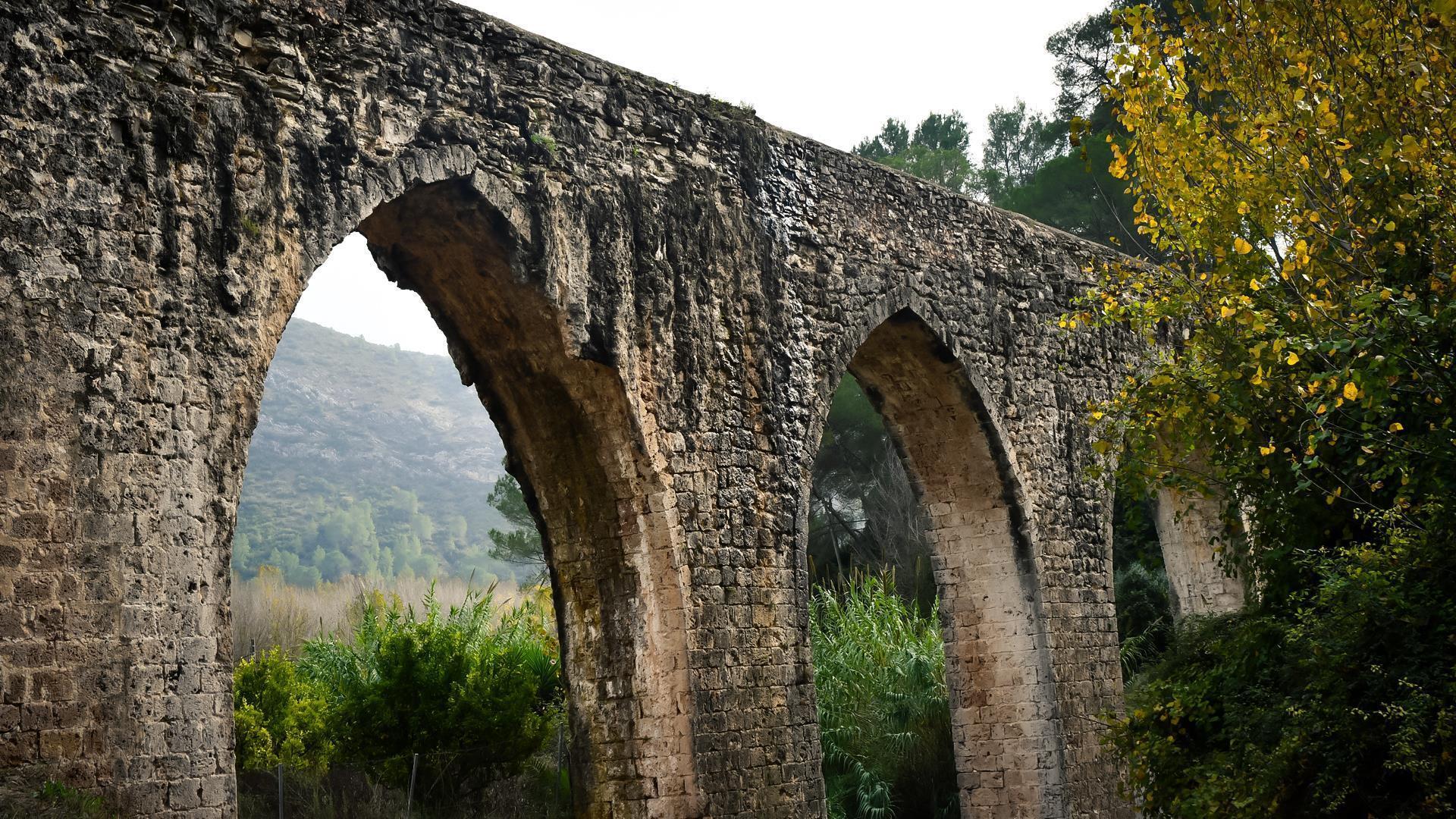
Water route in la Costera
Water domesticated by man for hundreds of years and which has created paths, landscapes, wealth and a whole series of water infrastructures, which have been a fundamental and essential part of the life of the inhabitants of La Costera.
Life in the body of la Costera
Water is life everywhere, but in La Costera this relationship has followed the paths traced by the water in the rivers, ravines and irrigation channels or revolving around the points where it accumulated or could be used. Being the link between the extensive irrigation of the orchards and the dry land has meant that we can enjoy a heritage of water, a richness and a variety that is difficult to find in other places.
The itinerary allows you to visit the best preserved spots of our natural water environment, but also to learn how the people of la Costera have found a thousand ways to make the most of water and transform it into life.
We invite you to walk along this path where you will never cease to feel the murmur of the water or the sound of the drops of water hitting more water or stone. A route through the veins that carried and carry life to the body of la Costera.
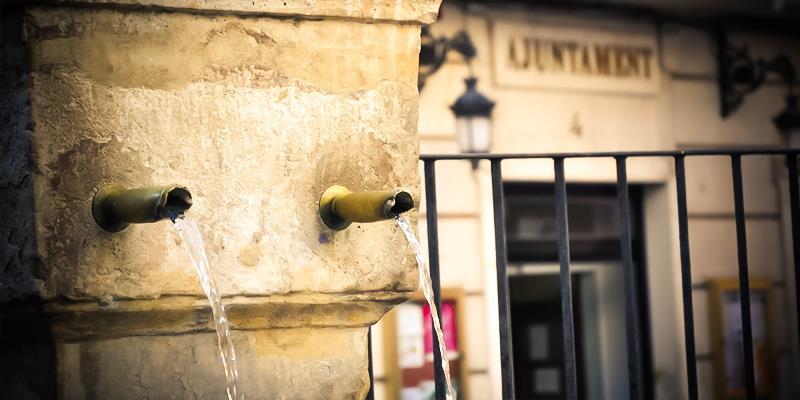
BATHS AND FOUNTAINS
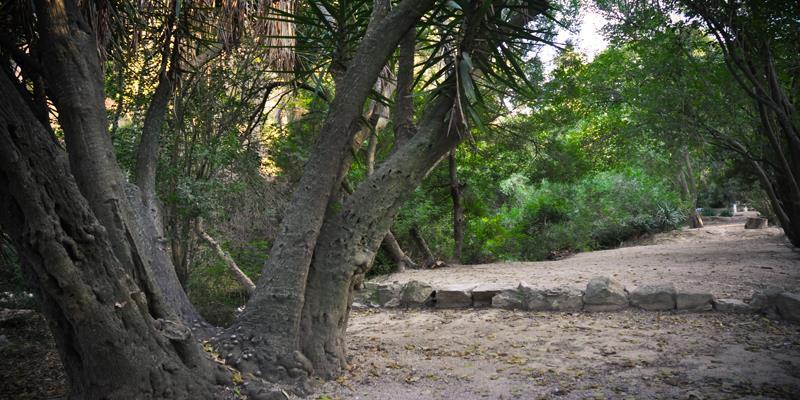
THE SPA AND THE HERMITAGE OF SANTA ANNA
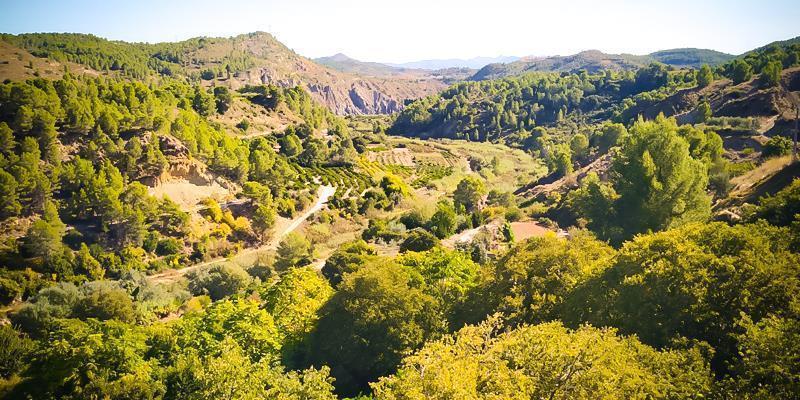
LA CABRENTÀ, NATURE AND PEOPLE
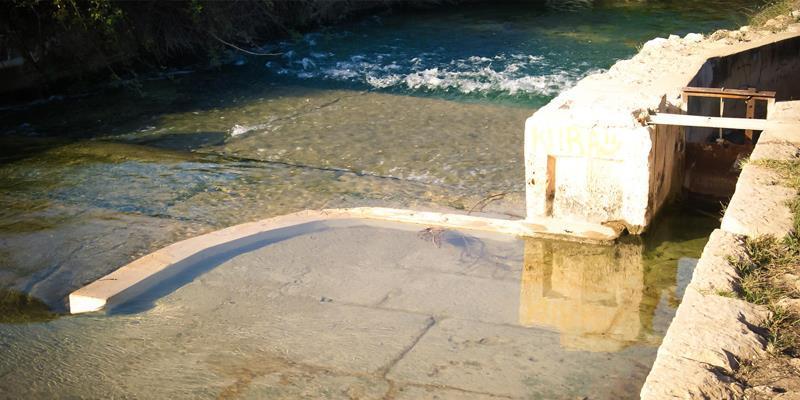
THE COSTERA DE RANES
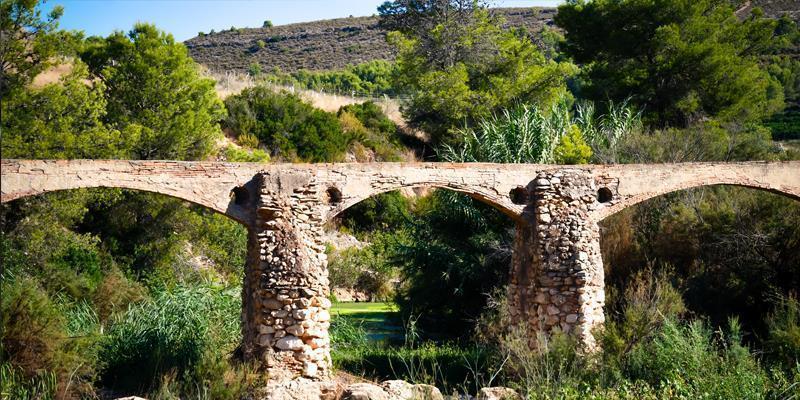
RIU BARXETA, NATURE AND HISTORY
This vegetation and its waters are the basic substrate for a fauna that includes autochthonous species such as eels, shiners and “madrilla” (fish), together with other foreign species such as carp. Along with fish and some invertebrates we can find other species such as water rats, genets, badgers, weasels, etc., water snakes and amphibians.
It is also home to numerous species of birds, such as kingfishers, bee-eaters, nightingales and goldfinches. Occasionally, other birds can be found, such as the collverds (Mallard) that move from nearby marshes or make stops on longer journeys.
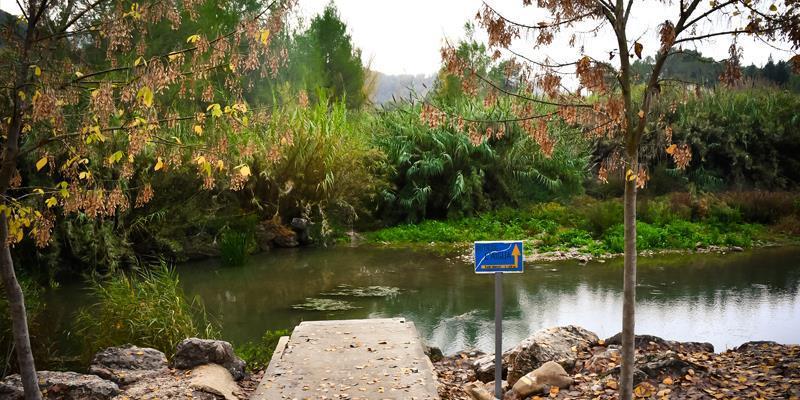
EL GENOVÉS AND ALBOI: FOUNTAINS, WATERWAYS AND RIVERS OF NATURE
In the surrounding area and following a path in the direction of Xàtiva you will come to the Alboi spot. At this point, close to the hamlet of the same name, we can enjoy the river and the famous arcadetes. The arcadetes de Alboi are Gothic arches (15th-16th century) built on an earlier work (11th century) of the Bellús aqueduct that carries water from the Albaida river to the orchards of Xàtiva, over a distance of more than 7 km.
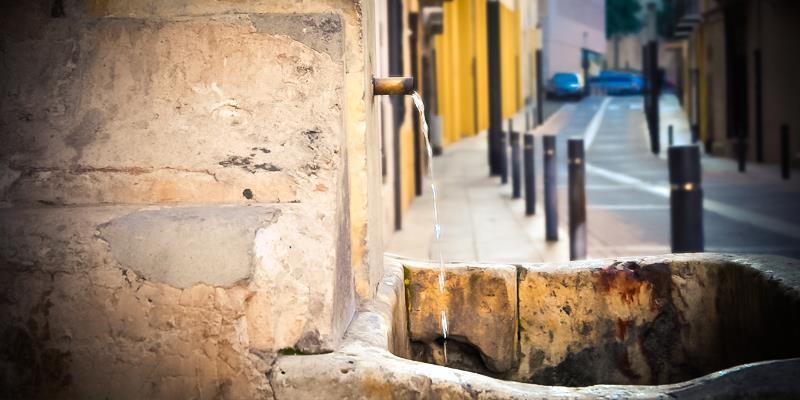
XÀTIVA THE CITY OF A THOUSAND FOUNTAINS
In the 18th century there were more than nine hundred fountains in the city, divided into three classes: The royal ones (monumental and maintained by the city), the neighbourhood ones (run by the residents of a street or neighbourhood) and the private ones, which sprang up in private homes. For all these reasons, Xàtiva is known as "the city of a thousand fountains".
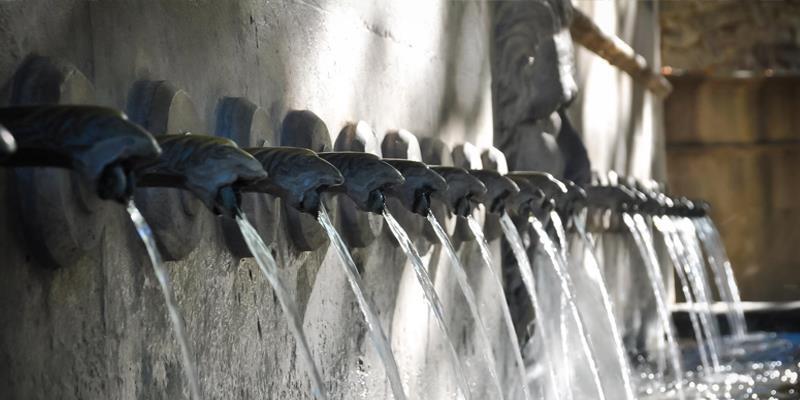
THE WATER ROUTE
In the historic centre of Xàtiva there is a route that allows you to visit some of the most important fountains in the city. A refreshing way of getting to know the streets, the heritage and its evolution throughout history.
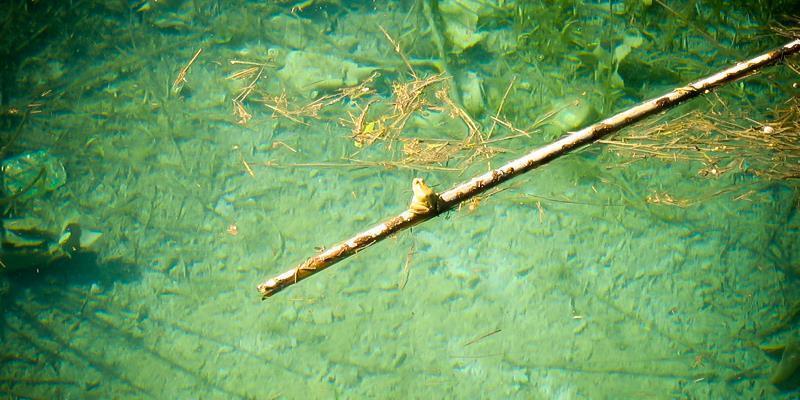
Riu dels Sants
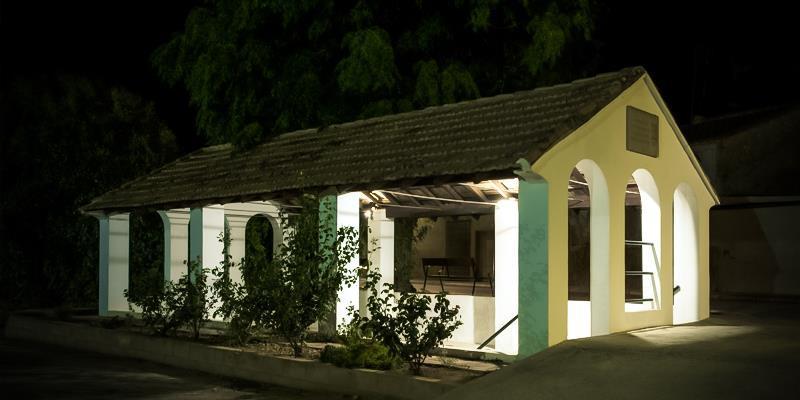
IRRIGATION DITCHES AND WASHING PLACES
Other villages on la Costera, such as Cerdà or Torrella, bordered the Ranes irrigation channel, which supplied them with water for irrigation and domestic use.
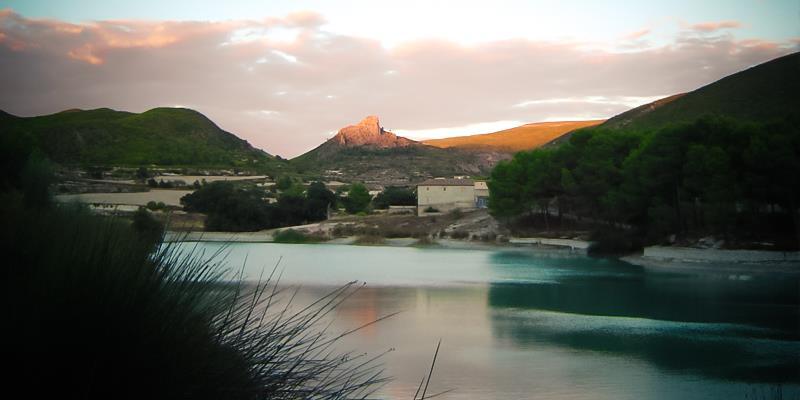
EL BOSQUET, THE FOUNTAIN AND THE LIFE OF WATER
